 |
||
| For 43 years, one man held sway over Columbia and helped it continue its expansion as a university. Active in Republican Party politics and winner of the Nobel Peace Prize in 1931, Nicholas Murray Butler was a giant in American higher education. | ||



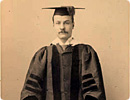 |
1902 |
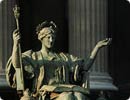 |
1903 |
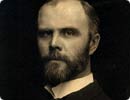 |
1904 |
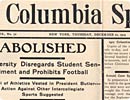 |
1905 |
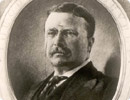 |
1906 |
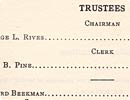 |
1909 |
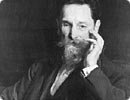 |
1912 |
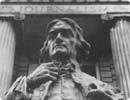 |
1914 University Hall, located behind Low Library, burns to the ground. |
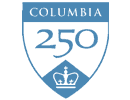 |
1916 Columbia's School of Dentistry opens; it becomes the School of Dental and Oral Surgery in 1923. |
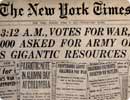 |
1917 Opposition by Columbians to American intervention into World War I is declared treasonous by President Butler, himself a belated convert to interventionism; trustees fire several faculty, prompting others to resign in protest. |
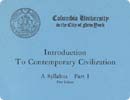 |
1919 The University undertakes to restrict the admission of Jews and graduates of New York City public high schools into Columbia College, Barnard College, and the medical school, in an attempt to reserve places for its traditional Knickerbocker clientele. Restrictive policies remain in force through the 1930s. Still, the percentage of Jewish students attending Columbia is much higher than at other Ivy colleges, while Catholic students achieve a considerable numerical presence in the College. |
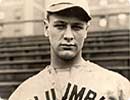 |
1922 Lou Gehrig attends Columbia on an athletic scholarship and leaves after two years to sign with the New York Yankees. |
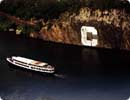 |
1925 Lionel Trilling, who later becomes a renowned Columbia professor of English Literature, graduates from Columbia College. |
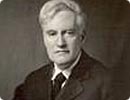 |
1928 Columbia Trustees elect Benjamin Cardozo (Columbia College 1889, Law 1889–91) to the Board; he is the second Jewish trustee ever and the first since 1814. |
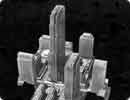 |
1929 |
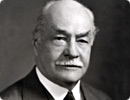 |
1931 |
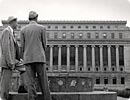 |
1933 |
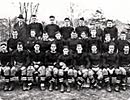 |
1934 |
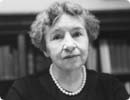 |
1941 |
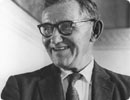 |
1945 The 83-year-old Butler accedes to the trustees' request that he resign as president; Provost Frank Fackenthal is named the acting president. |